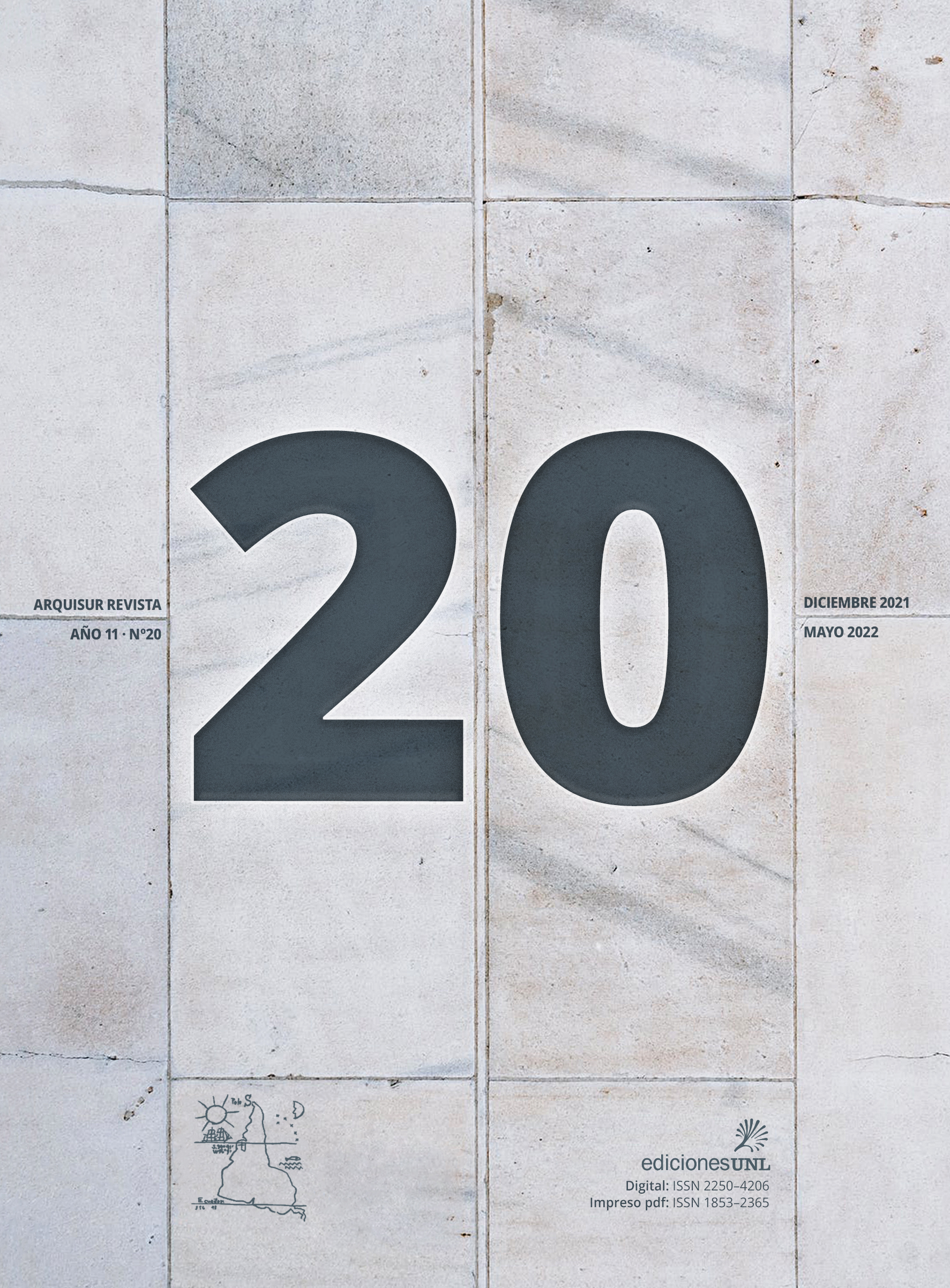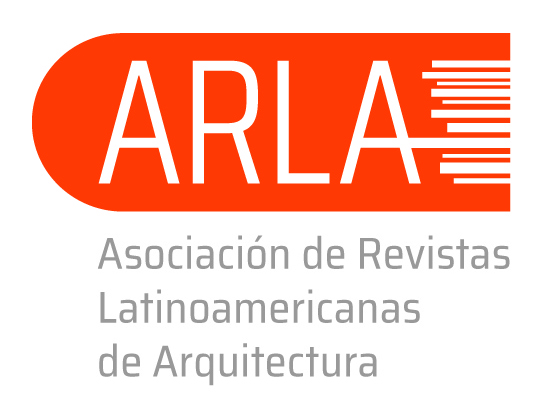Communal open spaces in Minha Casa Minha Vida Program enterprises
DOI:
https://doi.org/10.14409/ar.v11i20.9614Keywords:
communal open spaces, social housing, housing development performance, residents' satisfaction, Minha Casa Minha Vida Program.Abstract
The article discusses the importance of open communal spaces, such as streets Programa Minha Casa Minha Vida, sidewalks, squares and green areas, for the quality of social housing. The study uses the Minha Casa Minha Vida Program, located in the municipality of São Leopoldo / RS, to verify the residents' satisfaction with the communal open spaces of the housing complexes, as well as the impact of this evaluation on the performance of the complex and the satisfaction of the residents with where they live. The methodological procedures adopted include multiple methods of data collection and analysis that enabled complementarity between the data obtained. The results confirm that the communal open spaces are not suited to the needs of the residents and the squares and green areas are not well located within the developments, which makes it difficult to appropriate and maintain these spaces. Thus, they are negatively evaluated by residents, are not used and affect the performance of the group and satisfaction with the place where they live. In conclusion, the importance of open communal spaces in housing estates of social interest that meet the needs of residents is emphasized, in the search for the production of more qualified residential spaces.
Published
How to Cite
Issue
Section
License
ACCESO ABIERTO
ARQUISUR Revista es una publicación de acceso abierto y sin ánimo de lucro. No se imputan cargos por la recepción, revisión, evaluación, publicación ni acceso a sus contenidos. Se distribuye bajo una Licencia Creative Commons CC Atribución-NoComercial-SinDerivadas 4.0 Internacional (CC BY-NC-ND 4.0): No se permite un uso comercial de la obra original ni la generación de obras derivadas. Esta licencia no es una licencia libre, y es la más cercana al derecho de autor tradicional.
DESCARGO
Los criterios expuestos en los artículos son de exclusiva responsabilidad de sus autores y no reflejan necesariamente la opinión del Comité Editorial ni de la Dirección Editorial Técnica. Los derechos de los artículos publicados pertenecen a sus autores o editoriales. Los autores ceden sus derechos de publicación al Centro de Ediciones de la Universidad Nacional del Litoral de Santa Fe, Argentina.














